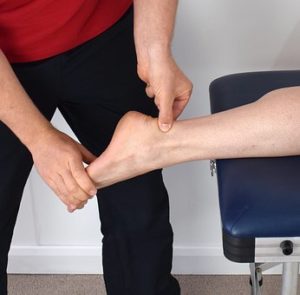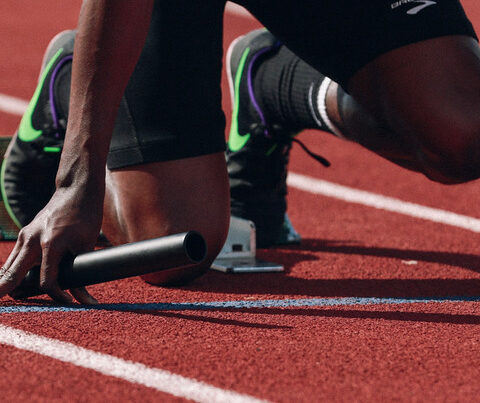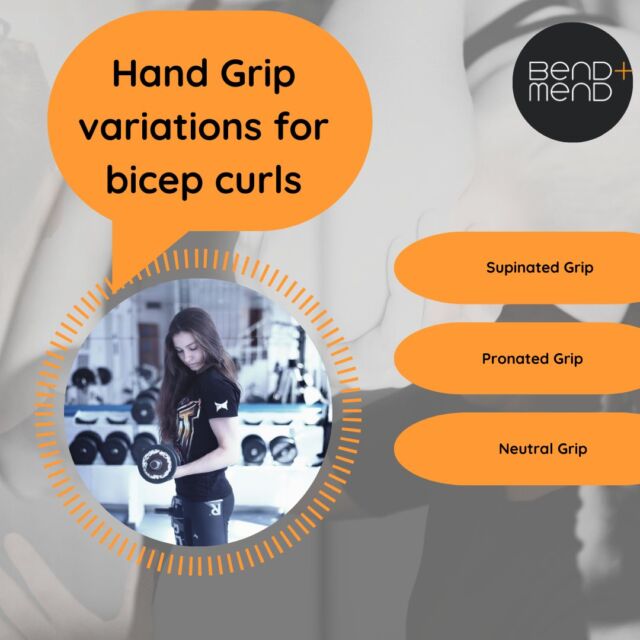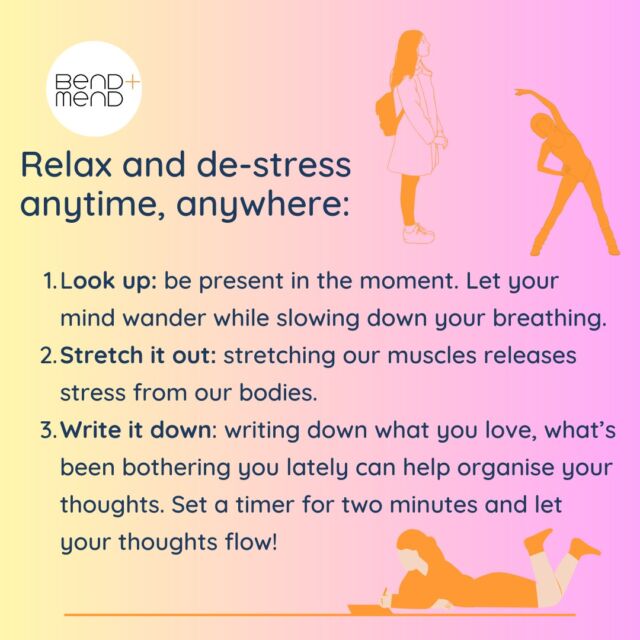 I love tendons. As a physio, I’ve loved learning about them and helping patients get better. As a runner, I’ve known how frustrating they can be. The science of painful tendon problems, or tendinopathy, is a constantly evolving subject. While there are still some things we don’t fully understand, here are five indisputable facts that you must know.
I love tendons. As a physio, I’ve loved learning about them and helping patients get better. As a runner, I’ve known how frustrating they can be. The science of painful tendon problems, or tendinopathy, is a constantly evolving subject. While there are still some things we don’t fully understand, here are five indisputable facts that you must know.
- There is no good evidence that inflammation is the problem.
This is old news. But the older term “tendinitis” (inflammation of the tendon) is still hanging about. While inflammatory chemicals are sometimes involved, this is not the big issue and understanding this is essential to knowing how you will get better. The reason for pain is a failed response of the tendon to adapt to forces you place on it. The general term “tendinopathy” covers this best.
- Tendinopathy does not improve with rest.
Rest does not treat the problem. While pain can settle down with rest, as is sometimes important to start with, unless you treat the problem your pain will return when you resume activity.
- Exercise is the most evidence based treatment for tendinopathy.
It is now accepted that specific exercise is the key component to any treatment plan. Exercise the only thing that can restore a painful tendon’s ability to tolerate the load it needs to withstand for daily activities and exercise. The challenge is to introduce exercise and progress it at a rate that the tendon can handle without becoming more irritable. Other passive treatments are sometimes useful as adjuncts in the rehabilitation process, but without the right kind and right amount of exercise, they will never work in the long term.
- Tendon changes shown on scans do not equal pain.
Ultrasound and MRI scans have a role to play, but it has been shown that many changes seen in tendons do not match up well with pain. It is very common for ordinary people without pain to have tendons that look ‘bad’ on imaging. We now also know that problems seen on scans of a painful tendon (such as degenerative change and even tearing) can still be seen after that person has successfully rehabilitated and is back to pain-free sport. So something else is going on and this is the subject of ongoing research. While this can be confusing, this is good news because even if you have been told you have severe problems from a scan, this does not necessarily mean you can’t get better with the right treatment.
- You need a rehabilitation program that is tailored to you.
Getting a painful tendon better isn’t easy. If generic exercise programs were good enough, I wouldn’t see so many frustrated patients who have ‘tried those exercises already’. Tendinopathy can be caused by many different risk factors and each of us is different. To maximise the chance of success for all my patients, I will consider everything that is needed to restore the ability of the tendon to handle your desired activity. We will then come up with a plan to gradually do this while keeping any pain stable. It’s as easy and as difficult as that.
The exercise programs I prescribe and the outcomes for my patients have certainly improved in recent years as the body of evidence has grown. Unfortunately, the world’s leading experts still remind us that tendon response to treatment is slow. In many cases, rehabilitation will require patience. You may also have to resist the temptation to try unproven short-cuts. Some good news is that the more up to date approaches don’t require you to do exercises as often as earlier programs. And better yet, you can often keep exercising during the rehabilitation process which I know is greatly appreciated by my enthusiastic patients.
If you have tendon issues book in today at our Martin Place or Barangaroo – King Street Wharf Sydney CBD Physio clinic.







